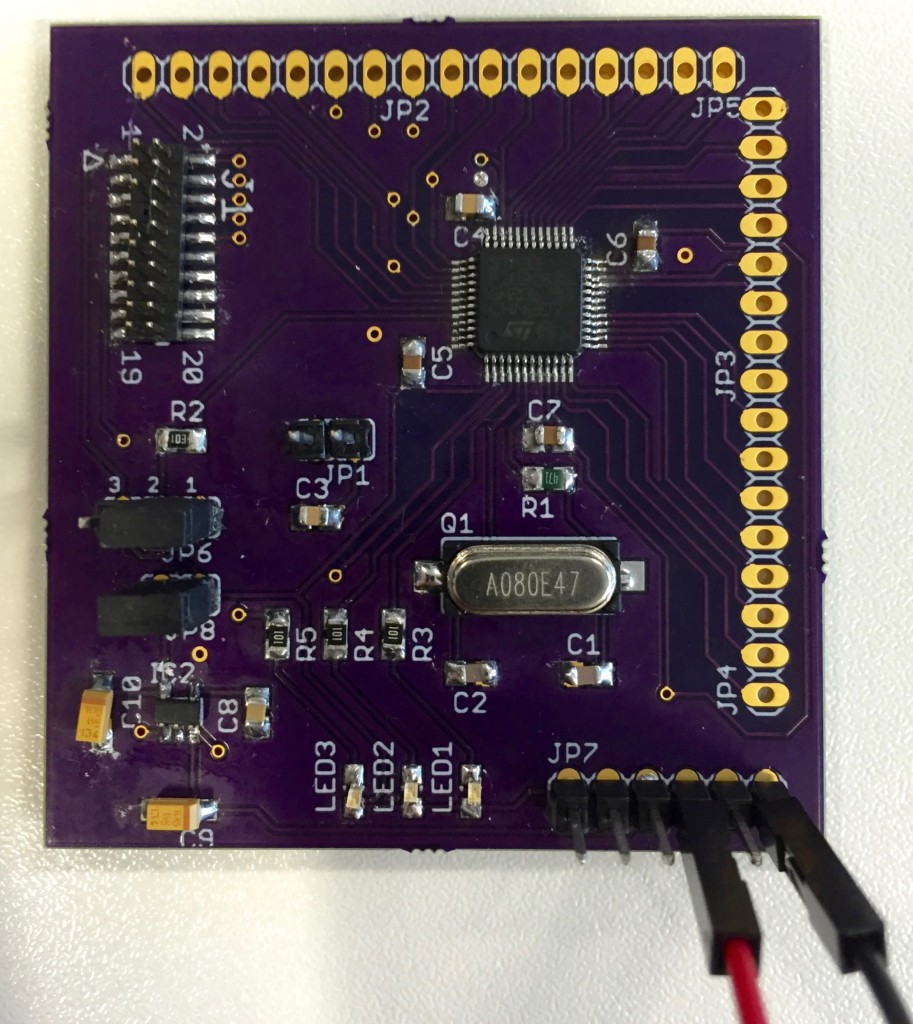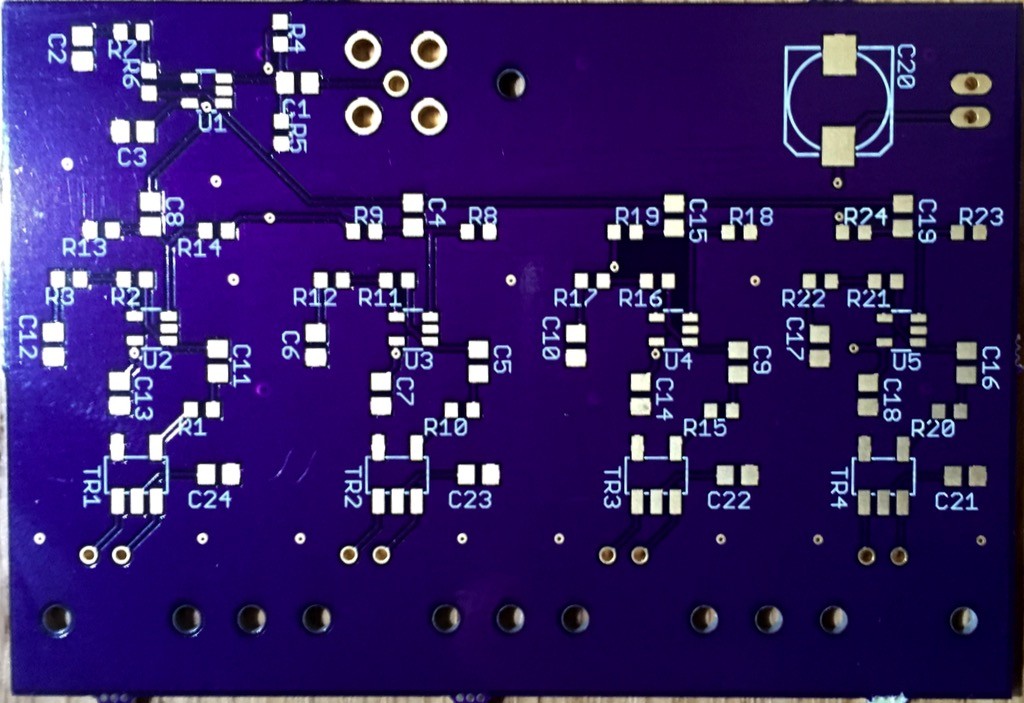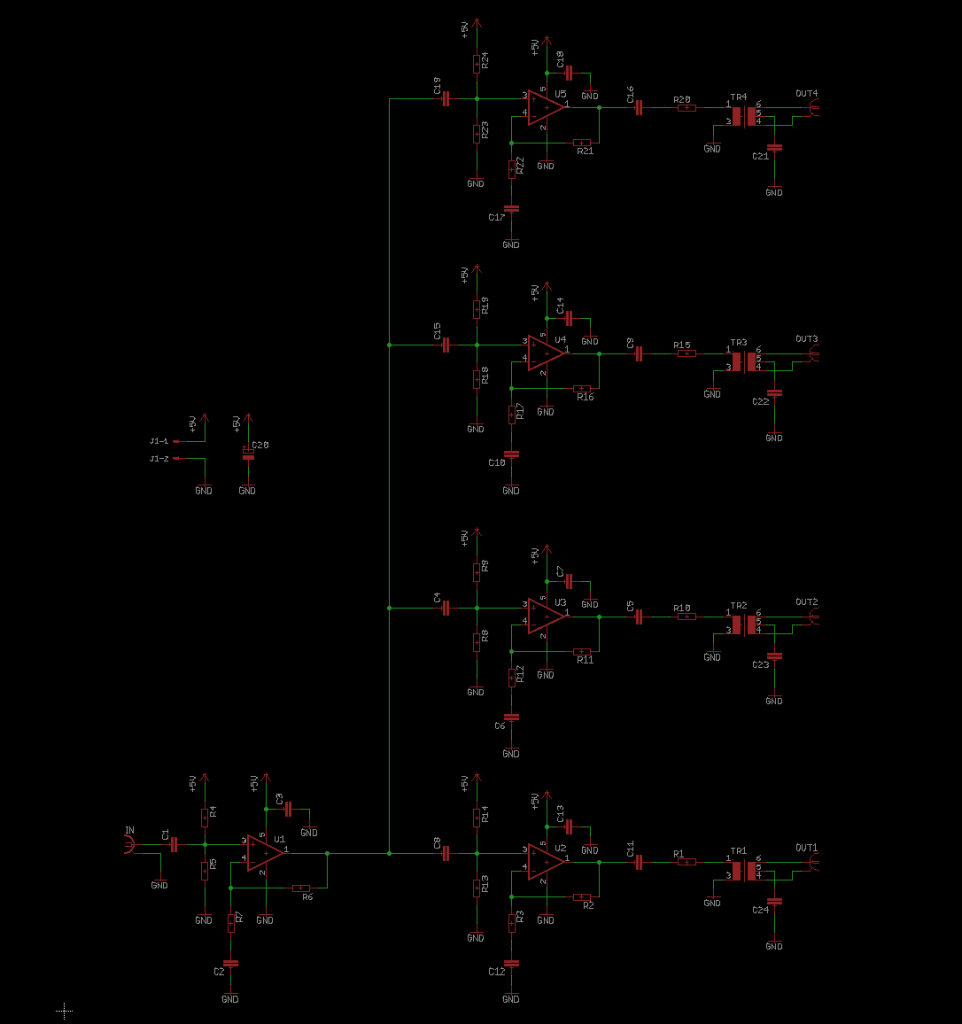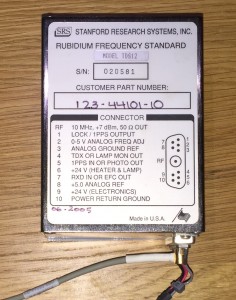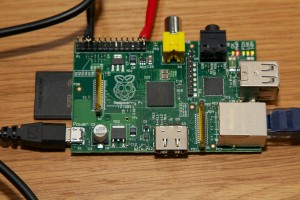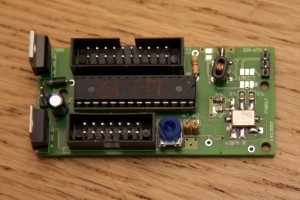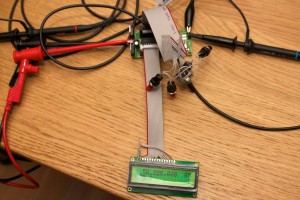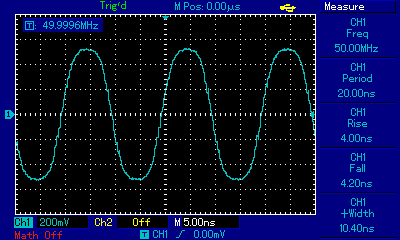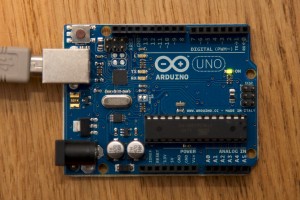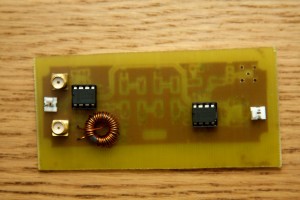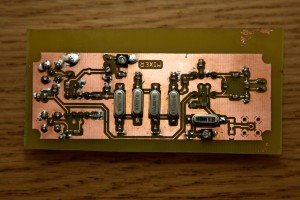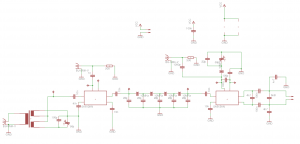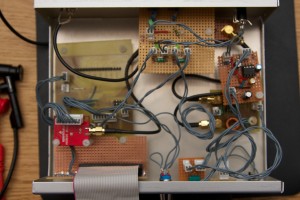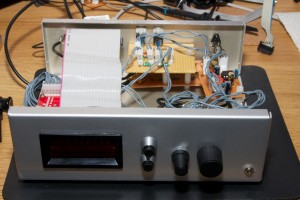My own STM32F1 dev board
I decided to make my own STM32F1 development board to use for various projects. This is equipped with the STM32F103CBT6 MCU which has 128kB flash and 20kB ram. The board has a 19 pin JTAG header, 3.3V regulator, a few leds and headers for port a and b, 32 accessible IO pins. I have successfully driven a lcd and USB with this board and I am very happy how it turned out. The PCB is from OSHPark as my previous board. If I get more of these boards I will add silk screen with port numbers which I forgot in this revision. I have also cleaned the board a bit after this photo and added pin headers on the edges,
My next project is to build a more advanced dev board with a STMF4 cpu and an external SDRAM for more demanding applications.

